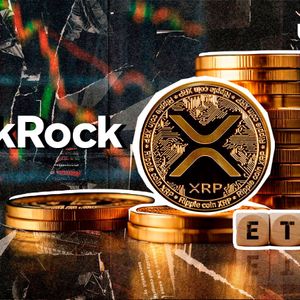Latest News
-
 $15 Still in Sight for XRP—As Long As $2.47 Holds the Line
$15 Still in Sight for XRP—As Long As $2.47 Holds the LineCoinpaper 2025-08-01 12:45
-
 XRP plunges below $3 erasing billions overnight
XRP plunges below $3 erasing billions overnightFinbold 2025-08-01 12:45
-
 SHIB price prediction: analyst expects +100% candles soon
SHIB price prediction: analyst expects +100% candles soonInvezz 2025-08-01 12:40






